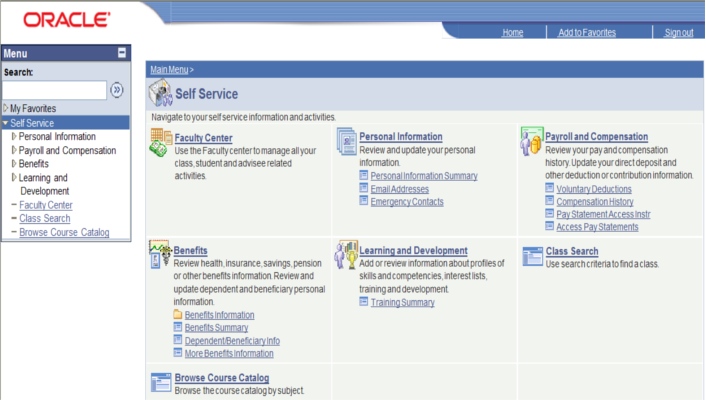Delete Employment Instance Peoplesoft
In a, I discussed how to detect whether an Application Engine process had run out of non-shared Temporary Table instances by querying the message log table for the entries written when this happens.This can happen because processes that have locked all available non-shared table instances are currently processing. However, if a restartable Application Engine program terminates with an error, the tables remain locked to that process instance so that it can be restarted. If that process instance is neither cancelled nor restarted so that it subsequently runs to success then the tables will remain locked, and in time the Process Scheduler archive process may purge the process request record.However, that archive process does not unlock the temporary table instances (by deleting the registration of the table with the instance from the record ), and once the process request has been deleted it cannot be cancelled in the Process Monitor. Therefore, there is no way for an operator to unlock the tables via the web interface. Over time this can build up and new processes are forced to use the shared instance.

Masterchef korea celebrity eng sub. In my experience this is more common on development and test environments than production.The problem is that is a silent and insidious problem that can gradually degrade batch performance. Forcing processes onto the shared instance forces them to delete rather than truncate working storage tables. So there is additional redo, and high water marks are not reset. Concurrent processes can contend as they share the same physical table. There may be more work to preserve read consistency, and more activity on the undo segment.The way to prevent this problem is, of course, to make sure you have sufficient instance of temporary table, but before you create new instances check that there an no existing instances that should not still be locked.Update 7.3.2011: correctly reminds me that PeopleSoft provided a way to remove locks without issuing SQL directly at PeopleTools - Application Engine - Review Temp Table Usage.
Delete Employment Instance Peoplesoft Access
This component clears records from,. This feature is also described at.However, you can only remove locks for one process instance at a time.
Delete Employment Instance Peoplesoft Login
If the problem has got out of hand, you might still chose to delete the rows from these three table where there is no longer a process request record. Why would you not use 'manage abends'to achieve this rather than submitting SQL to update a production database? I have used this successfully ever since it was made available (can't rememeber which release of PeopleTools this became available ).After a process is purged from the process scheduler, the 'manage abends' page will allow you to clean the temp table locks, without the need to update tables directly.
It will not allow you to do that if the process is still available via process monitor as you should cancel it from there instead.